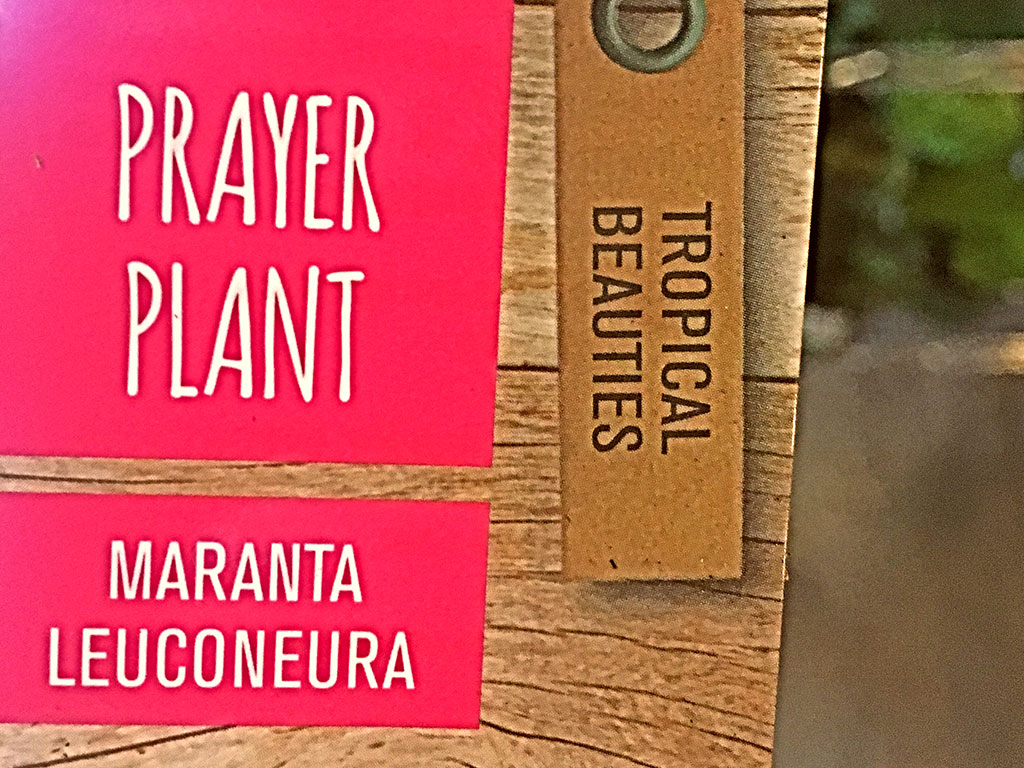Helping Houseplants Thrive
February 24, 2021 Craine Projects
Houseplants, just like mom jeans, are back in fashion. Retailers are jumping on the bandwagon. Stores throughout the city are lining the windows with plants, stocking the shelves with kitschy planters that look like animals and macrame hangers (likely found in the attic with all those mom jeans). The internet is awash with plant enthusiasts who have created content on pretty much every question ever asked about growing plants. What’s not to love about this new craze? Our city has come alive with greenery, with plants inside, and landscape design outside. The added bonus is that all of those plants are stealthily cleaning the air, releasing the happy hormones which in turn reduce our stress levels, all the while making the world around us more visually appealing. While houseplants are all the buzz for those of us with a green thumb, for those with a less than green thumb there is hope. All it takes is a little thoughtfulness and understanding of what each plant you bring home truly needs.
My journey with houseplants began when I was a little girl, following my mother and grandmother around the garden centre. I will always remember the look on Mom’s face as grandma stealthily pinched off pieces of plants to add to her home collection. Grandma called these little pieces of plants ‘slips’. I wondered if she called them that because they were small enough to slip into her pocket. One of her famous ‘slips’ was a Hoya bella. I currently have a piece of this plant growing at my home in Vancouver, from the cutting she started when I was little. Unlike Grandma, green thumb extraordinaire, I am still honing my houseplant skills, which were not going great until I had an aha moment…
“Houseplants are the astronauts of the plant world”
Well, that’s my take on it. From that moment, I changed the approach to how I care for houseplants and now I can happily say they are flourishing. Let’s ponder for a second what I actually mean by ‘houseplants are astronauts’. In space, astronauts are supplied with all the food, water, and air they will need to survive, as they have no means of obtaining the necessities for survival once on board the spaceship. If they do not prepare enough for their journey, taking into account all of the items needed, as well as solutions in case of emergencies, they will likely be in for a rough ride until safely back on earth, surrounded by all the creature comforts one grows to love. House plants are astronauts in that the planter is the spaceship, your home is ‘space’, and you are commander of the ship, with the responsibility for ensuring your crew’s chances of survival. Let’s ponder a little deeper. What does a plant need to survive – air, water, nutrients, sunlight. Easy peasy, right? It sure is, if the plant is living in its natural environment where an eternity of evolution has been on its side to ensure its success and survival. Outside plants have a lot of help above and below ground. For example, worms aerate the soil while at the same time fertilize as they deposit castings. There are good bugs to eat the bad bugs, birds to eat all those bugs, and seasons to keep all the critters in check. Let’s not forget that the elements are helping out too. Inside, plants only have us and to give them the best chance of survival. Here are a few tips to increase your chances of developing that coveted green thumb:
1. Knowledge – When you bring a plant home, learn about where it comes from in nature and do your best to mimic that environment. Give it the ideal amount of light, nutrients, and moisture that it would find in its place of origin. For example, plants that like humidity may grow well in a bathroom, or plants that like full sun would grow best in a south facing window.
2. Fertilize – Every 2 weeks, or “weakly weekly”, with a fertilizer blend specific for each plant, feed your plants. Learn what types of nutrients are ideal for the plants in your collection. You may end up with 5 types of fertilizer in the cabinet, as well as some happy plants. Fertilizer is equally as important to a plant’s success as light and water. We all need nutrients to be healthy; so do your plants.
3. Aerate – In nature, soils have bugs and critters below the surface that act as natural aerators. Aerating reduces compaction which occurs with regular watering, oxidizes the soil, and allows the roots to take the appropriate nutrients. Soil structure matters, so grab a chopstick and start poking holes in the soil. Do this every few times that you water your plants.
4. Water – The source of so much anguish for houseplants, often overwatered or underwatered. Learn the signs of both for all of your plants. As the conditions in your home change throughout the year, so do the water requirements of a houseplant. It is particularly important to pay attention to plants in the winter; as this is their dormant time of year, we naturally assume they need less water. This may not be the case, depending on the heating in your home. Move plants away from heat sources that can dry out soils. It is always handy to have a Houseplant Moisture Meter; this device will let you know if you need more or less water.
5. Light – Every home is different, and every room is different. Purchase plants that require the least amount of light until you are confident about the growing conditions of your home. Starting off trying to grow a lemon tree in the north facing window may not be very fruitful, pun intended.
6. The Plant – The plant you purchase is the most important part of your success as an indoor gardener. Avoid buying plants from the grocery store, box store, or any store that does not have a dedicated staff to care for the plants. There are many plant devoted retailers in the city; go visit them, talk to the staff, ask questions and bring home a happy, healthy plant. Avoid discounted houseplants unless you are a plant whisperer; these plants are stressed and on their last legs, or their final space missions.
For the remainder of February, while the outside world is thoroughly frozen, take some time to think about your indoor landscaping and the life of a houseplant. A little knowledge goes a long way. Before you know it, you will be sneaking ‘slips’ from the garden centre into your pockets like my green-thumbed granny, and filling your home with plants.


